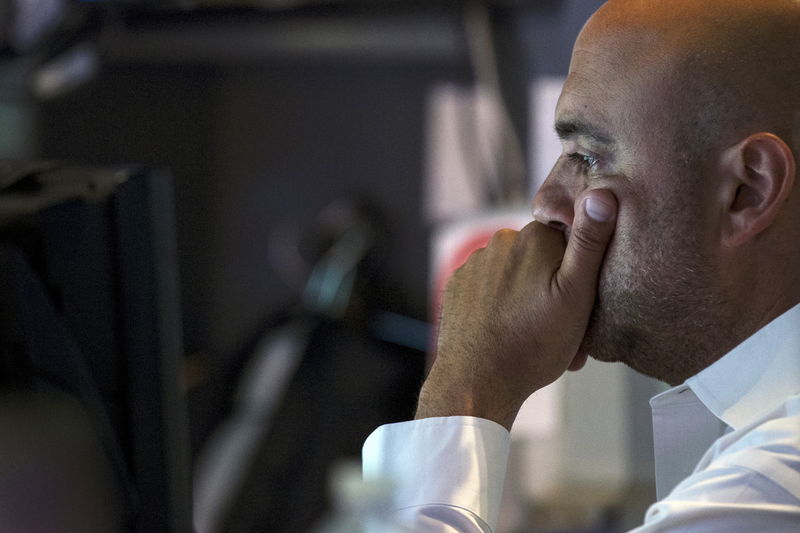The Albanese government has earmarked A$69.2 million for the rapid development of a hydrogen hub in Queensland.
The move, spearheaded by Energy Minister Chris Bowen, aims to fast-track an industry considered by many as a potentially lucrative export venture.
Bowen confirmed an agreement to invest A$69.2 million in the Central Queensland Hydrogen Hub in Gladstone, with a proposed production capacity of 292,000 tonnes of hydrogen per annum by 2031.
This could fuel more than double Australia's current heavy vehicle fleet.
“Central Queensland is an energy export powerhouse and has helped keep the lights on for decades, and as global markets shift – it can reap the benefits of new industries like hydrogen too,” Bowen said.
“Renewable hydrogen will play a big role in our path to net zero, helping cut emissions in hard-to-abate sectors, and the manufacturing of green metals and other products the world needs.”
The investment, complemented by private funding, supports Australia’s broader initiative to explore hydrogen as a viable fuel source.
This aligns with international moves towards rapid decarbonisation to meet net-zero emissions by 2050.
Construction is slated to commence next year.
$2 billion investment in hydrogen
The funding for the Central Queensland Hydrogen Hub is just one of several hydrogen-related initiatives the federal government is funding.
In May, the government announced the establishment of the $2 billion Hydrogen Headstart initiative to support and accelerate the biggest green hydrogen projects to be built in Australia.
The funding will go through competitive production contracts and is designed to cover the commercial gap between the cost of hydrogen production from renewables and its current market price.
ARENA has been allocated $4.2 million this year to support the development and operation of the program in consultation with the Department of Climate Change Energy Environment and Water (DCCEEW).
“Hydrogen Headstart will catalyse Australia’s hydrogen industry and other clean energy industries, and help position Australia as a global hydrogen leader,” ARENA CEO Darren Miller said.
“Australia has an unparalleled opportunity to become a global green hydrogen leader, but we can’t afford to lose our momentum as other competing countries step up their ambitions and support.
“With this funding, we are looking to incentivise green hydrogen production in Australia by backing early projects that will be among the largest in the world.
“This funding will reduce the cost of green hydrogen produced via renewable electricity and will scale up our hydrogen sector. These projects will create thousands of regional jobs and will help reduce emissions in industry in line with our climate targets."
Phasing out coal
Queensland is undergoing a significant shift from fossil fuels, with Premier Annastacia Palaszczuk recently announcing a A$62 billion, 10-year plan to phase out coal-fired power by 2035.
This strategy incorporates substantial increases in renewable energy forms like solar, wind, and pumped hydro.
Mick de Brenni, Queensland Energy Minister, underscored the economic potential of the hydrogen industry.
“This is a critical time for Queensland, as new industries emerge at rates not seen since the industrial revolution, driving growth and prosperity in the regions,” he noted.
“Thanks to Queensland’s combination of abundant natural resources and clear policy framework supporting green hydrogen, it’s estimated the industry will be worth $33bn by 2040, boosting our economy, supporting jobs, and helping decarbonise the world.”
Despite the enthusiasm, uncertainty surrounds hydrogen’s future as a fuel source.
While some envision it as a replacement for liquefied natural gas (LNG) in energy-deficient countries like Korea and Japan, critics question its cost-effectiveness.
Nevertheless, global demand for hydrogen is poised to rise, as countries like Japan update their hydrogen import targets.
